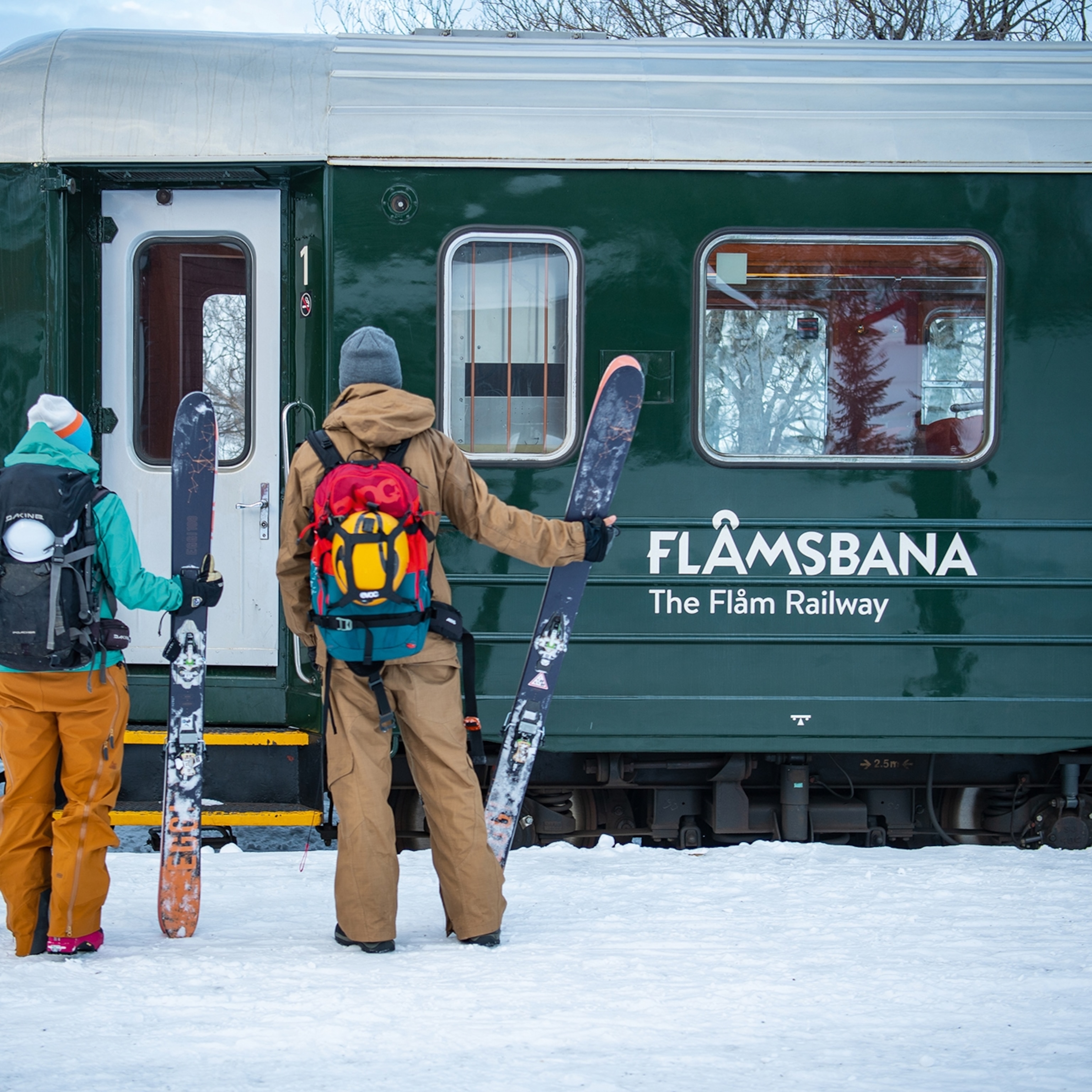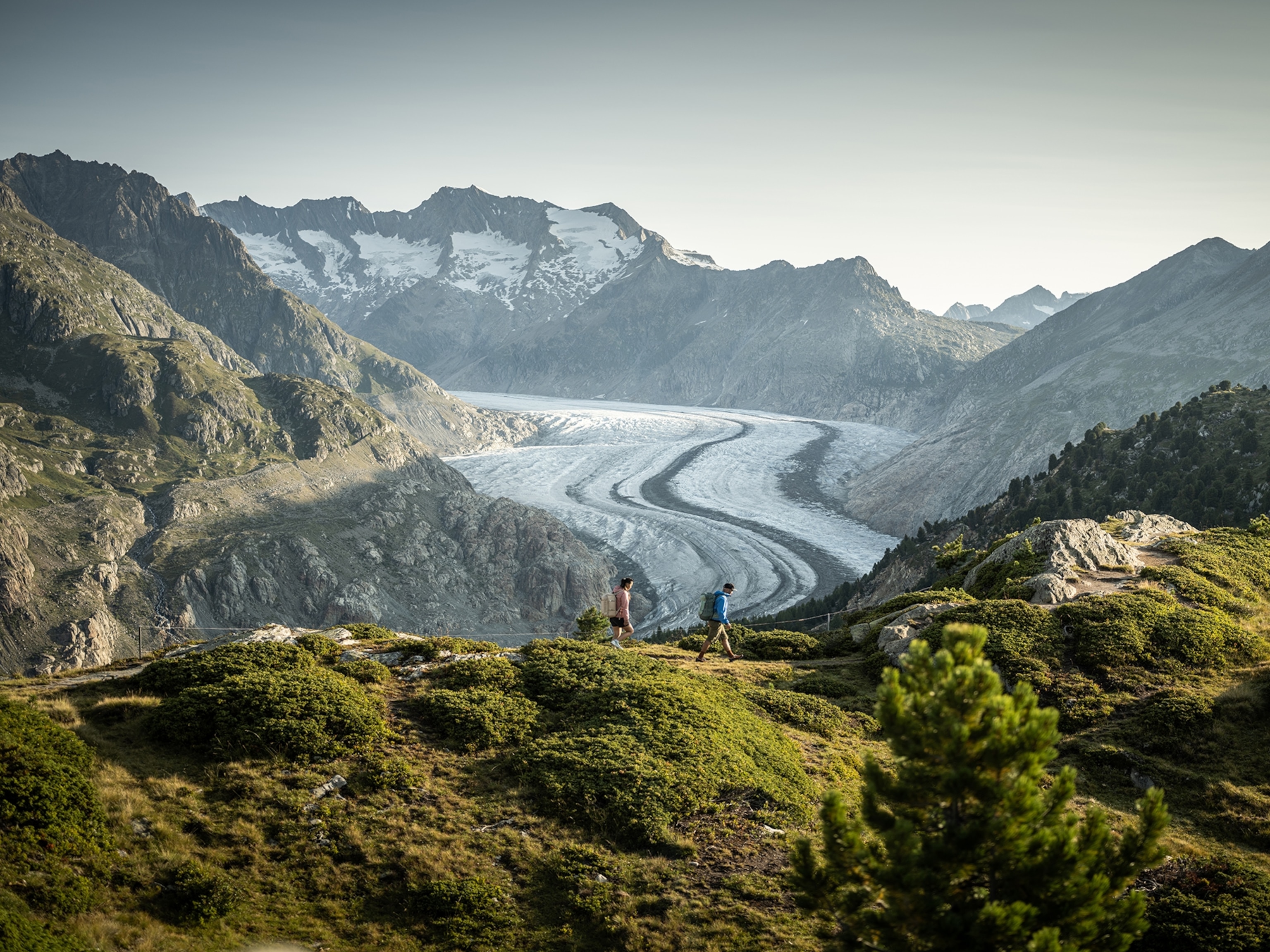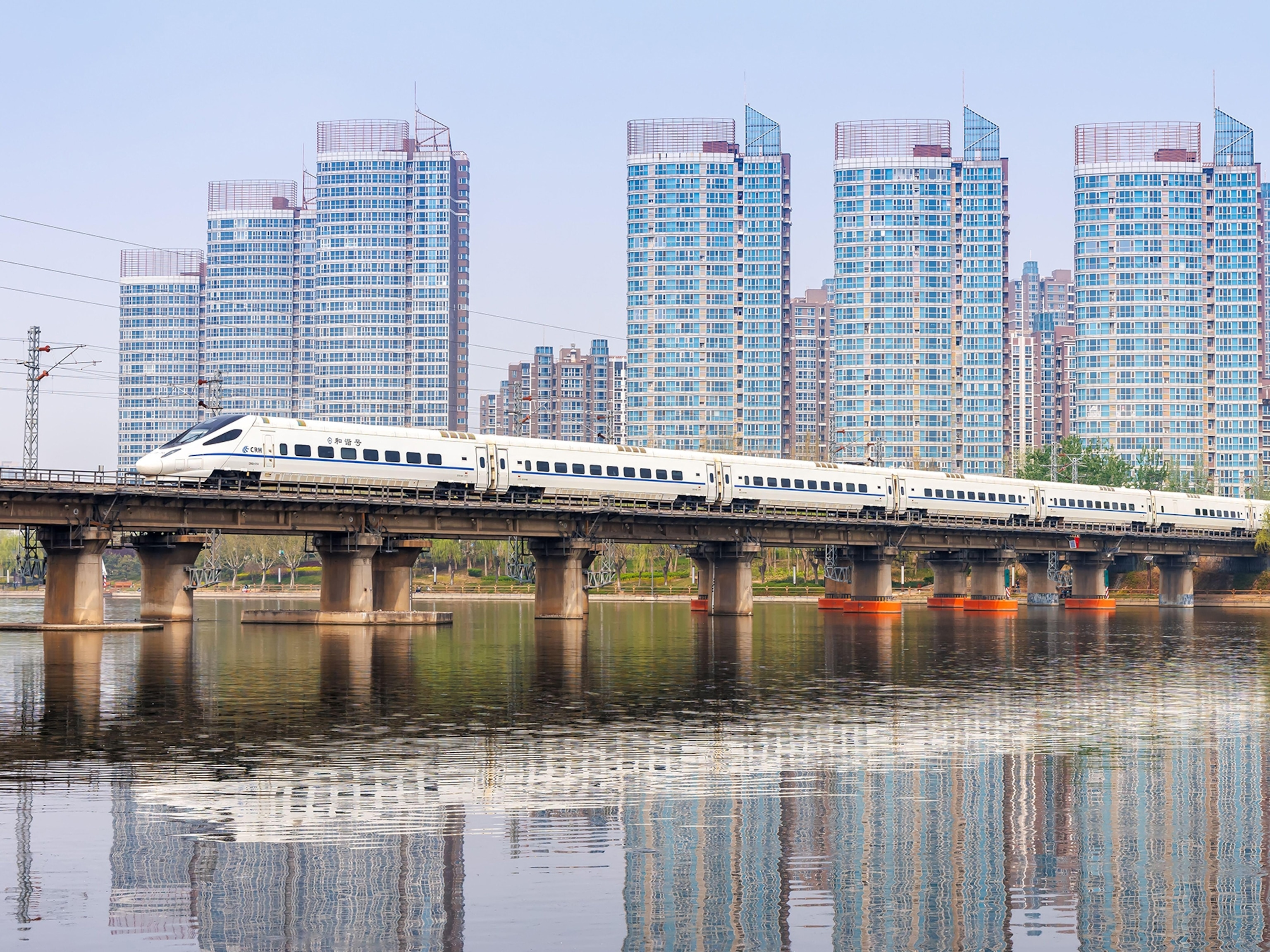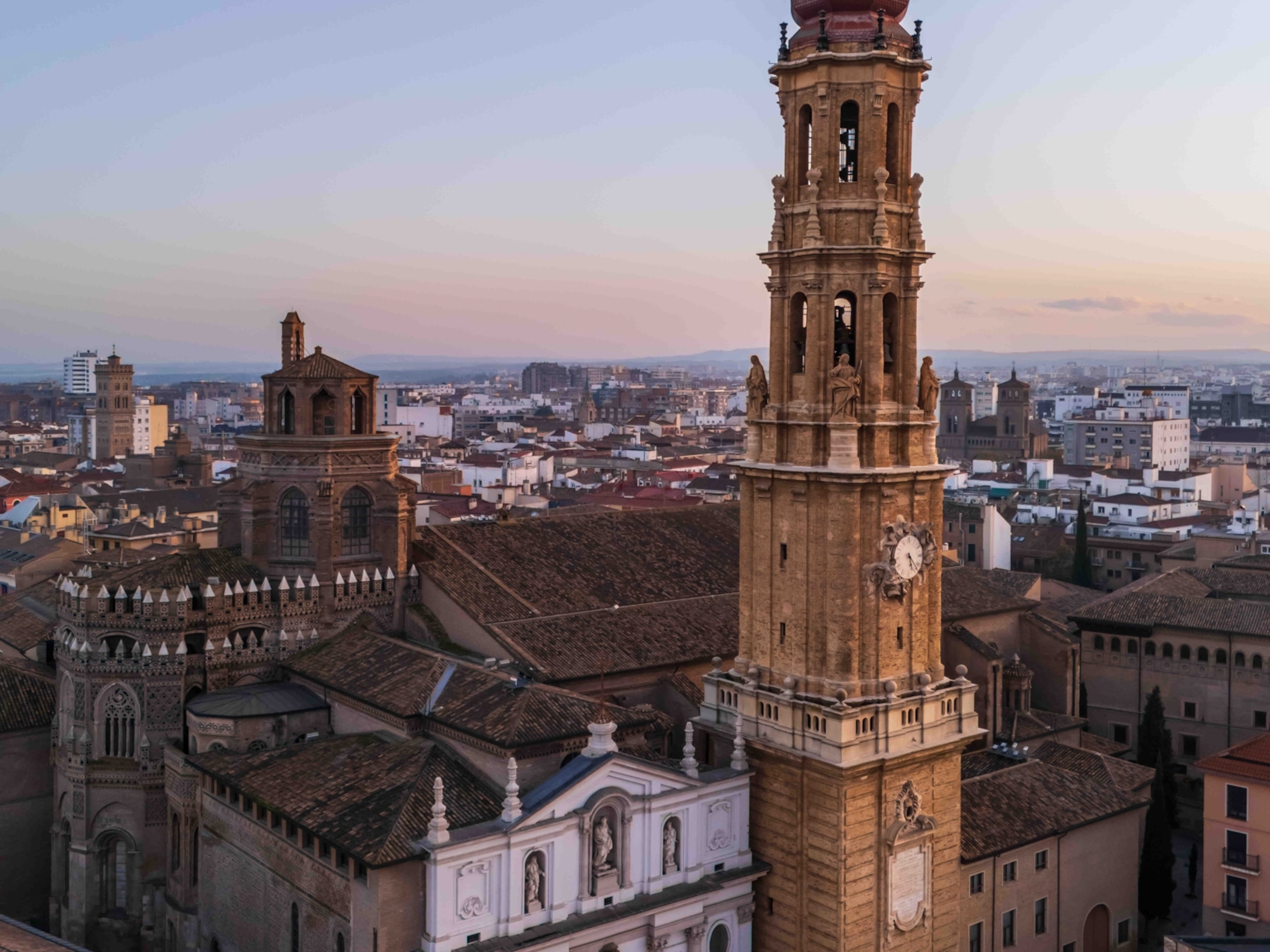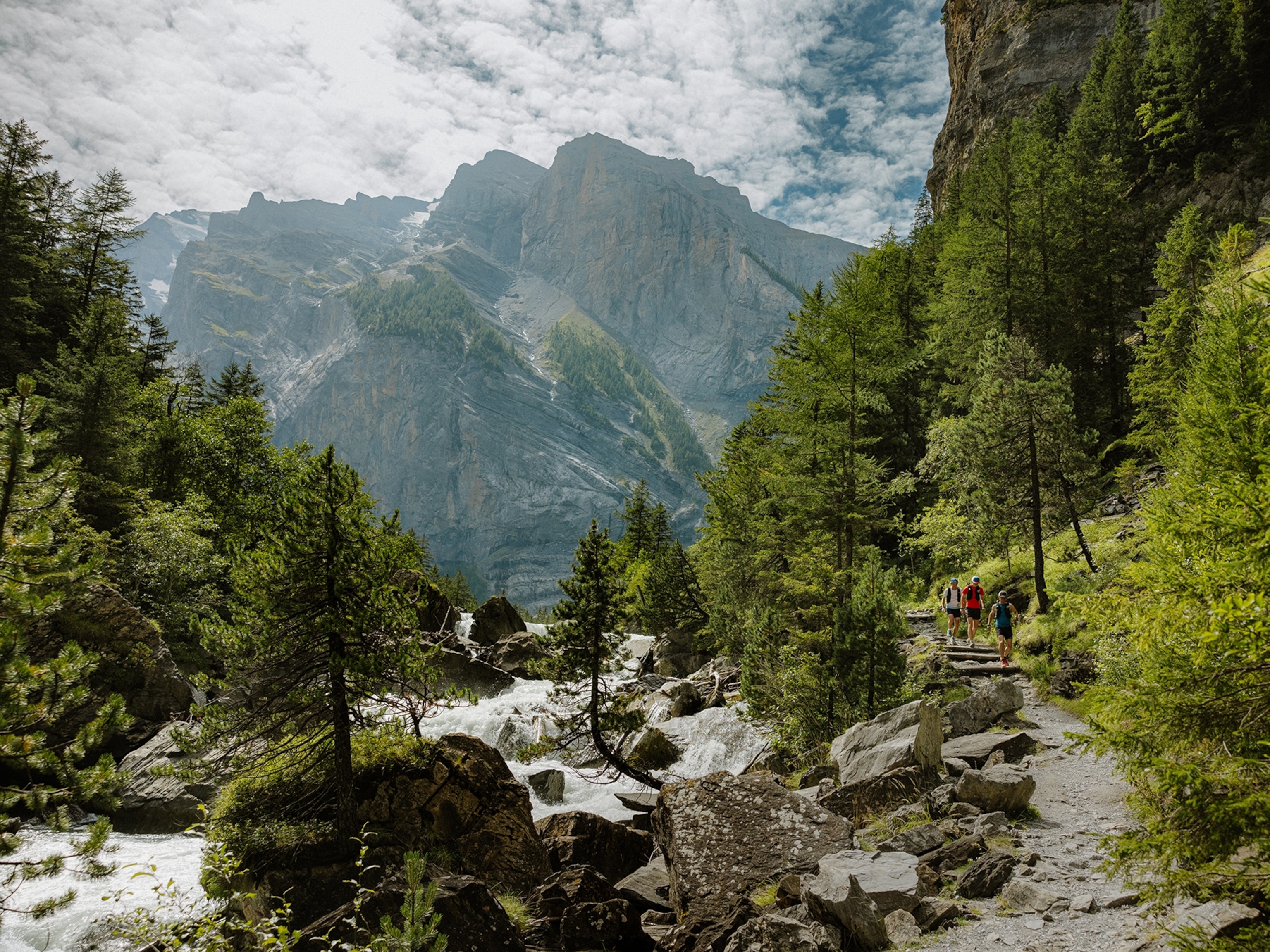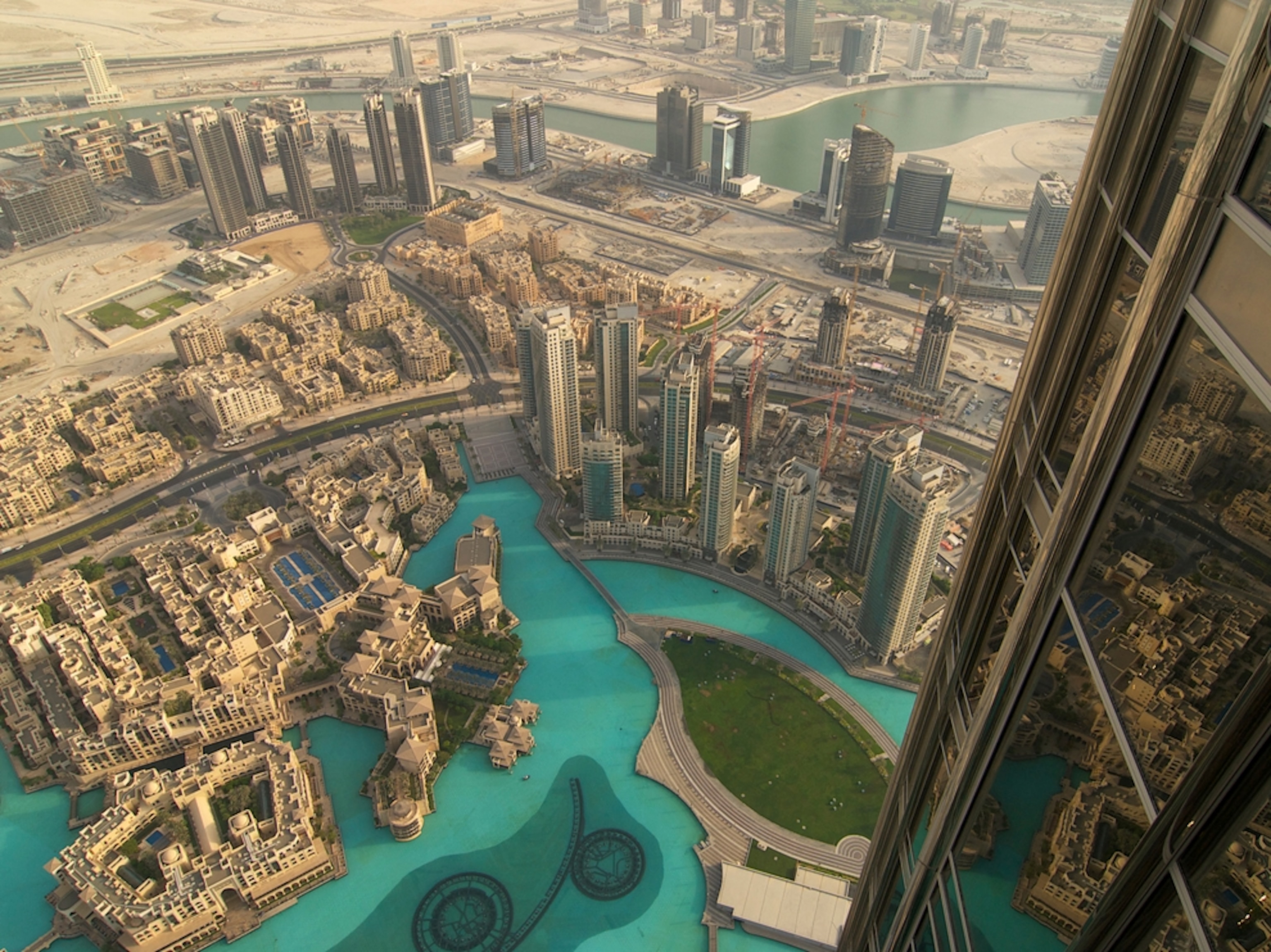
Ups and Downs of Vertical Travel
Real Travel
From the November 2012 issue of National Geographic Traveler
Paul, my friend, is freaking out. When I spot him, he is huddled in a corner outside the entrance to a giant shopping mall in Kowloon. I’d invited him to lunch at a place with the best steamed pork dumplings in Hong Kong, and told him to meet me upstairs, in the restaurant. What’s he doing here on the street?
His first words to me are grumpy: “You didn’t tell me where this place was.” But I e-mailed you the exact address! I start to say, then I remember: Paul is terrified of heights. He points, accusingly, through the glass doors of the new mall to a high-rise atrium surrounded by a spiral of catwalks linked by narrow escalators that seem to float in the air without any support. And my restaurant of choice? It’s on the top floor of this stage set out of Alfred Hitchcock’s film Vertigo.
I met Paul a few years ago. He writes a blog about—among other things—flying on dodgy, delay-prone airlines; tense border crossings; and trips to places he picks for their off-the-wall qualities, such as Turkmenistan and North Korea. Paul will try anything and go anywhere, and that’s why I’m always forgetting about his acrophobia. It doesn’t fit the profile of a seasoned traveler.
Great travelers follow the path in whatever direction it may lead. Most of the time that means straight ahead in a horizontal line, across deserts and oceans into the setting sun. But often our travels go vertical, too. Is there a destination in the world in which we’re not being enticed (or urged, cajoled, guilt-tripped) into going up?
Open to a random page in any guidebook and you find descriptions that make you wonder if you should prepare for your trip not by packing but with a month of weight-training squats: “The four stairways leading up to the central platform each have 91 steps,” or “No experience of the Palani Murugan temple is complete without ascending its 693 steep steps.” Yes indeed, there are 693 steps that scale this South Indian sacred place. I counted each one as my knees threatened to give out. (Unfortunately for my spiritual development, this wasn’t due to the awesome proximity of Hindu Lord Murugan.)
And how I remember Chichén Itzá’s 91 stairs, thanks to my travel companion, an Indiana Jones wannabe in a safari shirt who insisted we climb the Maya ruin in Mexico under a blazing, 100-degree sun and then do the “interior ascent of narrow, slippery steps as high as seven tiers.” Since then, I’ve tried to make sure my travels to places with attractions that have elevation are solo ones. When, in tropical, steamy Penang, I found out that the funicular railway to Flagstaff Hill was closed for repairs, I sighed with relief that no one was there to talk me into the long slog up.
Some anthropologists speculate that religious pilgrimage is the earliest tourism, but I think that chasing the thrill of high places is an even older form of travel. It would explain why so many holy sites, from Japan to India to Mexico, have climbing as the central element of the religious experience—they shrewdly incorporated an already popular activity. Certainly it’s one of the most elemental and exhilarating forms of escape. To stand above the visible world on a very high place, released from the daily routines unfolding far below, is the closest we travelers may get in waking life to a soul-out-of-body experience.
In any case, human attraction for high places has an unbroken history that stretches from ancient times. I can think of almost no important cultural travel destination that lacks a lofty lookout, a cliff-top palace or rock temple, or a deity statue that requires travelers to dedicate an entire afternoon to the ritual of ascent.
- National Geographic Expeditions
And if a place happens to have no mountains … no problem! These days, travel industries in height-challenged destinations are outdoing one another to create man-made high places. You’ll find the biggest concentration of sky towers, skyscrapers, and sky needles in some of the world’s flattest cities. The dizzying Petronas Twin Towers? They’re in Malaysia’s capital, Kuala Lumpur, elevation a mere 69 feet above sea level. The most elevated hotel, the new Armani Hotel in the 2,717-foot-high Burj Khalifa—currently the tallest building in the world—offers a panoramic view of the utterly flat desert shores of sea-level Dubai.
About such hotels: Some years ago, I found myself rolling out of bed one morning in Shanghai’s Park Hyatt, at that time the “world’s highest hotel” (it occupies floors 79 to 93 of the 1,614-foot-high Shanghai World Financial Center). I love rooms with views, so when I learned I was going to be sleeping near a wall of glass windows looking out on the mother of all views, I was psyched and set my alarm for sunrise. But I forgot to factor in the cloud effect—when you rise higher than a few hundred feet, you’re often in them—and Shanghai’s celebrated smog.
I awakened, crestfallen, to a whiteout curtain of both. For a traveler chasing the high of high places, there is nothing more disappointing than being pulled abruptly down to Earth. Sure, my room was luxurious, but at that moment it was indistinguishable from a room on the first floor overlooking a parking lot. Paul, my acrophobic friend, would have loved it.
